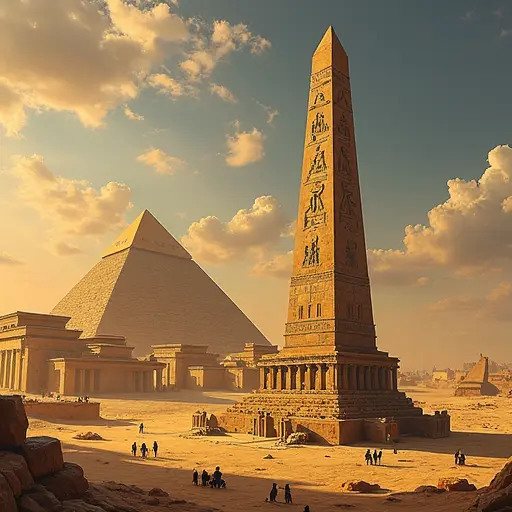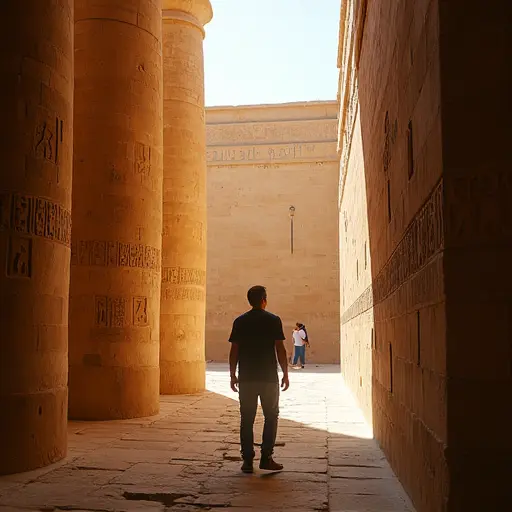
Breakthrough in Ancient DNA Research
Scientists have achieved the first complete genome sequencing of an ancient Egyptian individual, revealing significant genetic connections to Mesopotamian populations. The research, published in Nature, analyzed DNA from a man who lived during Egypt's Old Kingdom period approximately 4,500-4,800 years ago.
Genetic Revelations
The analysis shows approximately 20% of the man's ancestry originated from the eastern Fertile Crescent region, encompassing modern-day Iraq. This provides the first genetic evidence supporting archaeological theories about cultural exchange between ancient Egypt and Mesopotamian civilizations during pyramid-building eras.
The Individual
The subject was approximately 60 years old at death and likely worked as a potter, based on skeletal analysis. His remains were discovered in 1902 in Nuwayrat, 250km south of Cairo, sealed in an earthenware coffin. Crucially, he was buried before mummification practices became widespread in Egypt.
Technical Challenges Overcome
DNA extraction from ancient Egyptian remains presents exceptional difficulties due to hot climates accelerating degradation and mummification processes damaging genetic material. Researchers from London's Francis Crick Institute employed new contamination-free techniques to recover genetic material from teeth and molars.
Historical Context
The Old Kingdom (c. 2700-2200 BC) represents Egypt's first golden age of pyramid construction, including the Giza complex. During this period, Egyptian kings were considered living gods with absolute authority, and the state was centralized at Memphis.
Scientific Reception
Harvard geneticist David Reich described the findings as "incredibly exciting and important," noting researchers had long hoped for such breakthrough. The British team plans to collaborate with Egyptian researchers on broader studies of ancient migration patterns.

 Nederlands
Nederlands
 English
English
 French
French
 Deutsch
Deutsch
 Espaniol
Espaniol
 Portugese
Portugese









